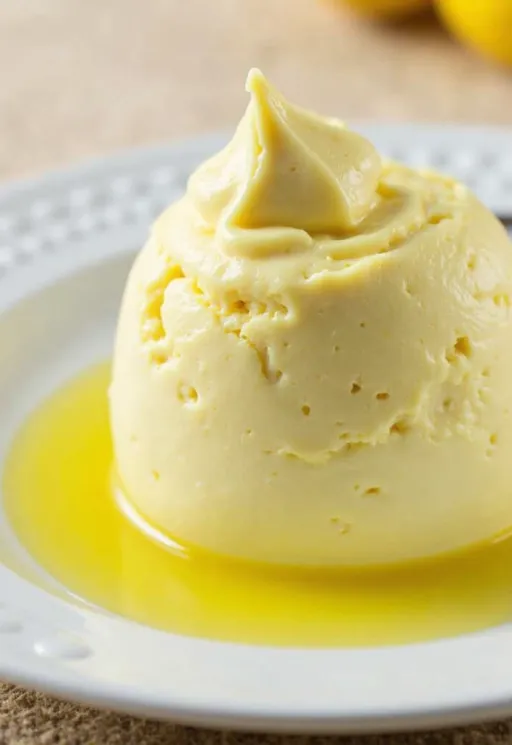When it comes to desserts, few things can match the refreshing delight of a Limoncello Mascarpone Cake.
This cake isn’t just a treat; it’s an experience. Combining the zesty brightness of lemons with the rich, creamy texture of mascarpone creates a harmonious balance that delights the palate.
In this article, we’ll dive deep into the world of Limoncello Mascarpone Cake, uncovering its origins, the science behind its flavors, and tips for crafting the perfect version.
Let’s get started!
The Origins of Limoncello and Mascarpone

Limoncello, that vibrant lemon liqueur, hails from the Amalfi Coast in Italy. Traditionally, it’s made from Sorrento lemons, known for their intense flavor and aroma. This liqueur has become a staple in Italian cuisine. It’s often enjoyed after meals as a digestif. The recipe is simple, relying on the natural oils from lemon peels, sugar, and alcohol.
Mascarpone, on the other hand, has roots in the Lombardy region. This creamy cheese is made from heavy cream and is a key ingredient in many Italian desserts, most famously in tiramisu. Its rich, velvety texture adds a luxurious mouthfeel to any dish. When combined, Limoncello and mascarpone create a cake that’s both light and indulgent.
The Structure of the Cake
Creating a Limoncello Mascarpone Cake involves a few key components. The cake base is typically a light sponge or chiffon cake. This structure allows the cake to soak up the Limoncello syrup without becoming overly dense. The mascarpone filling or frosting adds richness, complementing the cake’s lightness.
Cake Base: Sponge or Chiffon?
Sponge cakes are airy and light, perfect for soaking up flavors. A chiffon cake, made with oil rather than butter, offers a tender crumb that’s equally delightful. The choice between the two often comes down to personal preference.
For a truly unique flavor, consider adding lemon zest to the batter. This enhances the citrus notes and ties the flavors together beautifully.
The Limoncello Syrup
The syrup is what elevates this cake to another level. It’s simple to make. Just combine equal parts water and sugar, and add Limoncello once the sugar dissolves. This syrup soaks into the cake layers, infusing them with that signature lemony goodness.
It’s important not to over-soak the cake. A gentle drizzle ensures it remains moist but doesn’t become soggy.
Mascarpone Filling and Frosting
Mascarpone can be whipped into a light frosting or used as a filling between cake layers. For a frosting, combine it with heavy cream and powdered sugar. This creates a light, fluffy topping that’s not overly sweet.
For more flavor, consider adding a splash of Limoncello to the frosting. This harmonizes the cake’s flavors, creating a cohesive dessert experience.
Crafting the Perfect Limoncello Mascarpone Cake
Now that we understand the components, let’s talk about crafting the perfect cake. Here are some expert tips to consider.
Quality Ingredients Matter
Using high-quality ingredients is essential. Fresh lemons will provide the best flavor. Choose a good-quality Limoncello, as it can greatly impact the final taste. The mascarpone should be fresh and creamy, not overly processed.
Balance Flavors
Achieving a balance between sweetness and tartness is key. If the cake is too sweet, it can overshadow the lemon’s brightness. Conversely, if it’s too tart, it may not appeal to everyone. Taste as you go, adjusting the sugar and Limoncello levels to suit your palate.
Layering Techniques
When assembling the cake, take your time. Use a serrated knife to level the cake layers for even stacking. Spread the mascarpone filling evenly, ensuring each slice has a perfect balance of cake and filling.
Decoration
A simple decoration can elevate the presentation. Consider using lemon slices, edible flowers, or even a dusting of powdered sugar. This not only enhances the visual appeal but also hints at the flavors within.
Common Questions and Misconceptions
Can I Make This Cake Ahead of Time?
Yes! This cake actually improves with time. Making it a day ahead allows the flavors to meld beautifully. Just keep it refrigerated, and bring it to room temperature before serving.
Is Limoncello Alcoholic?
Yes, Limoncello is an alcoholic beverage. However, most of the alcohol cooks off during baking, leaving behind the delicious flavor. For those avoiding alcohol entirely, consider using a lemon syrup as a substitute.
Can I Use Other Citrus Fruits?
Absolutely! While lemons are traditional, you can experiment with limes, oranges, or even grapefruits. Each will bring its unique twist, creating a different flavor profile.
Emerging Trends in Citrus Desserts
Citrus desserts are gaining popularity for their refreshing qualities. Chefs are increasingly experimenting with various citrus fruits, combining them with unexpected flavors. Think of lavender-infused lemon cakes or orange-cardamom combinations.
This trend reflects a broader movement toward using seasonal and local ingredients. Chefs are looking for ways to highlight the natural flavors of fruits, making desserts feel both fresh and innovative.
Conclusion
The Limoncello Mascarpone Cake is more than just a dessert; it’s a celebration of flavor and texture. By understanding its components and techniques, anyone can create a show-stopping cake that impresses.
Remember to use quality ingredients, balance your flavors, and take your time with the assembly. Whether you’re serving it at a special occasion or enjoying a slice with coffee, this cake is sure to delight.
So, roll up your sleeves, gather your ingredients, and let the citrus magic unfold! Happy baking!

Emily Rose Johnson is a talented writer known for her captivating storytelling and evocative prose, creating unforgettable characters and compelling narratives in various genres.









